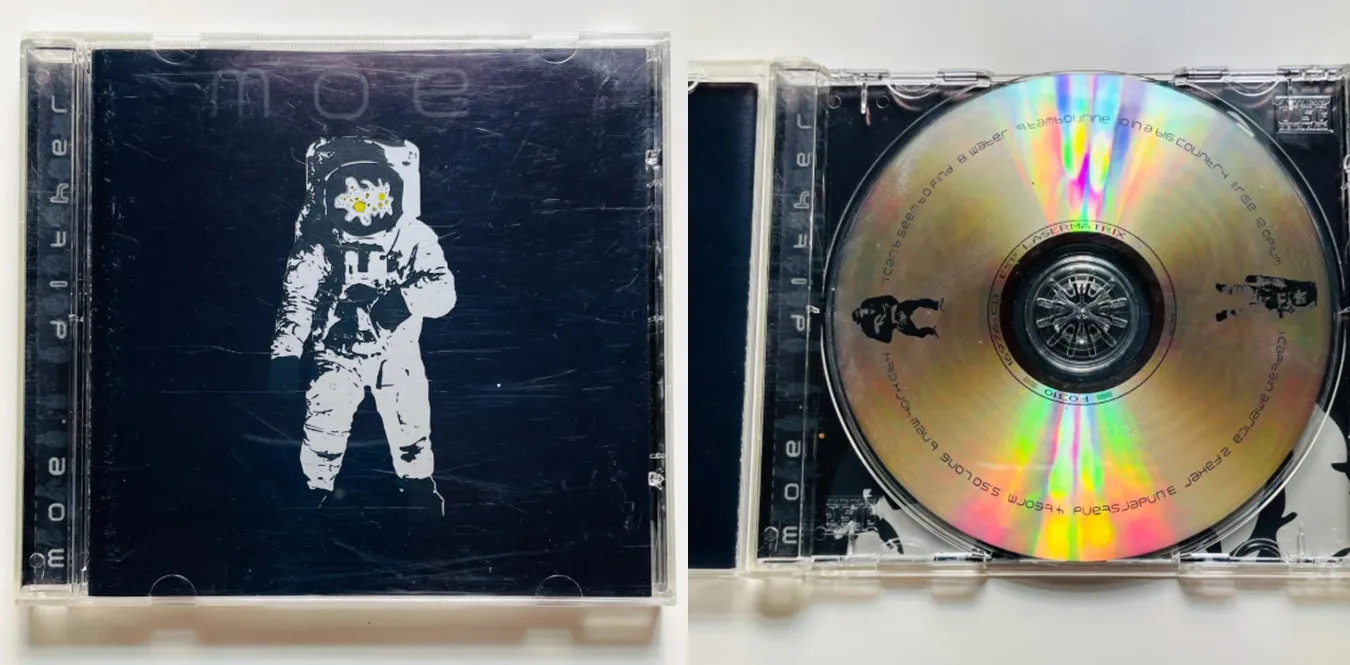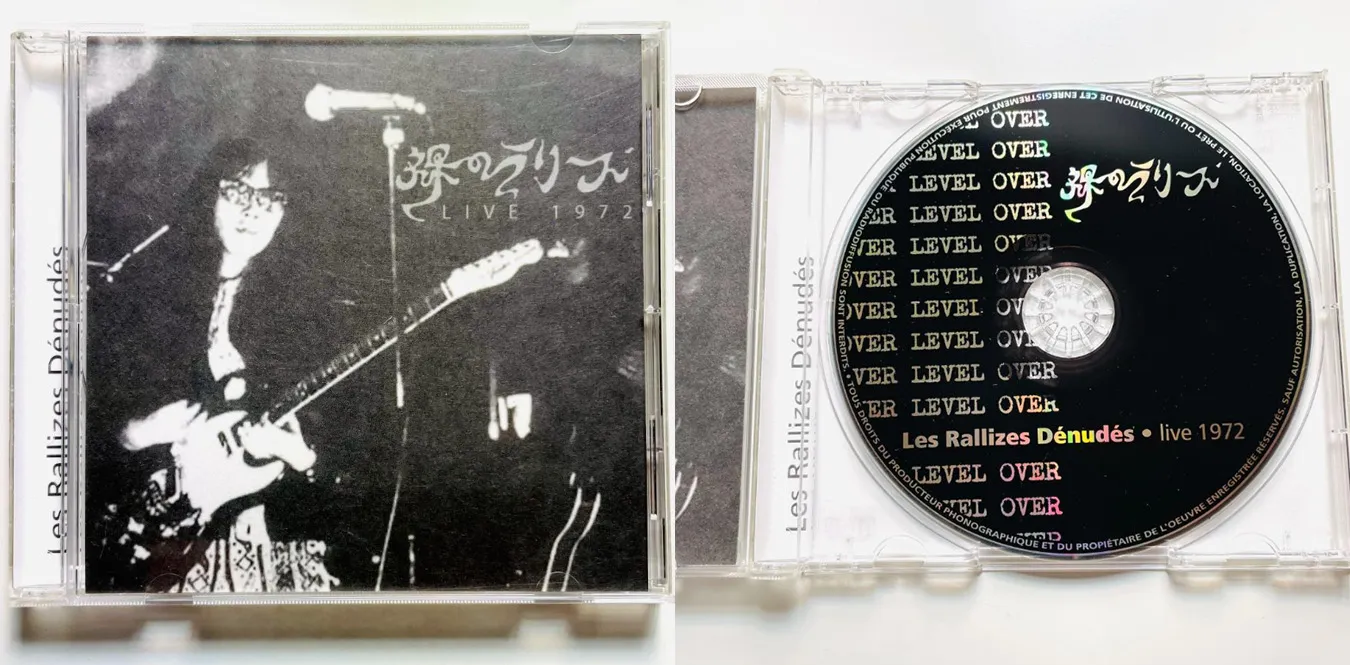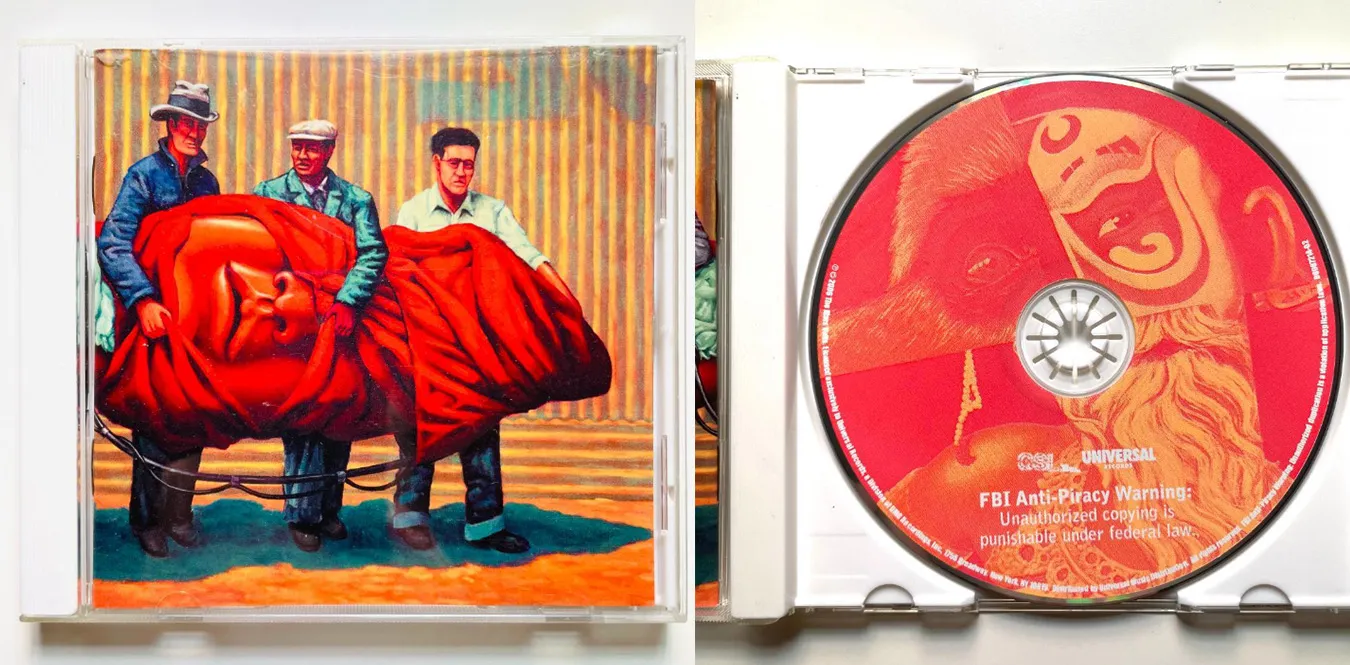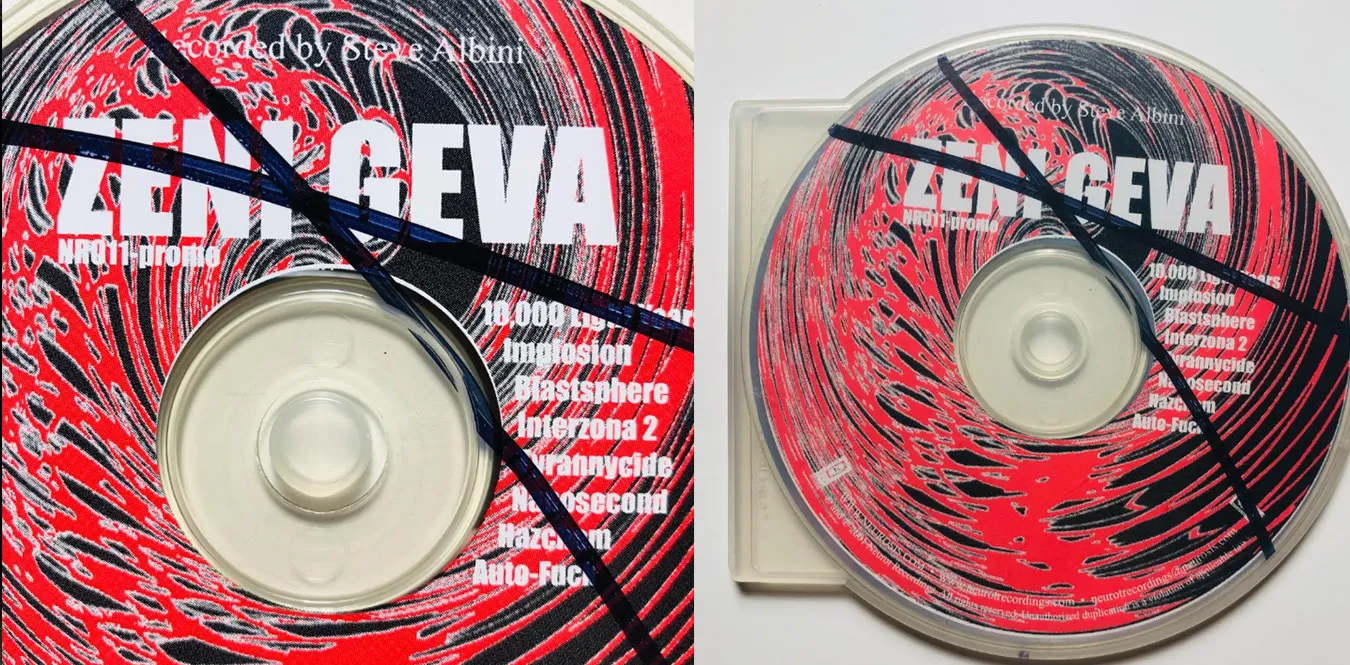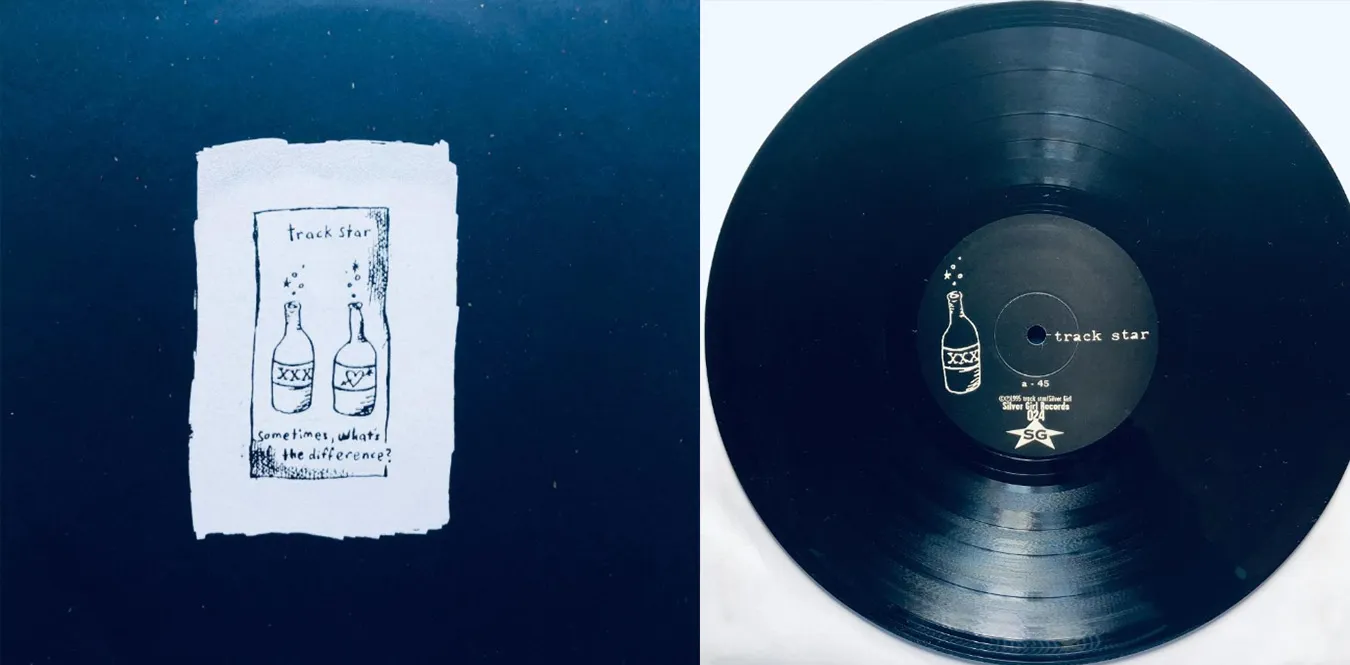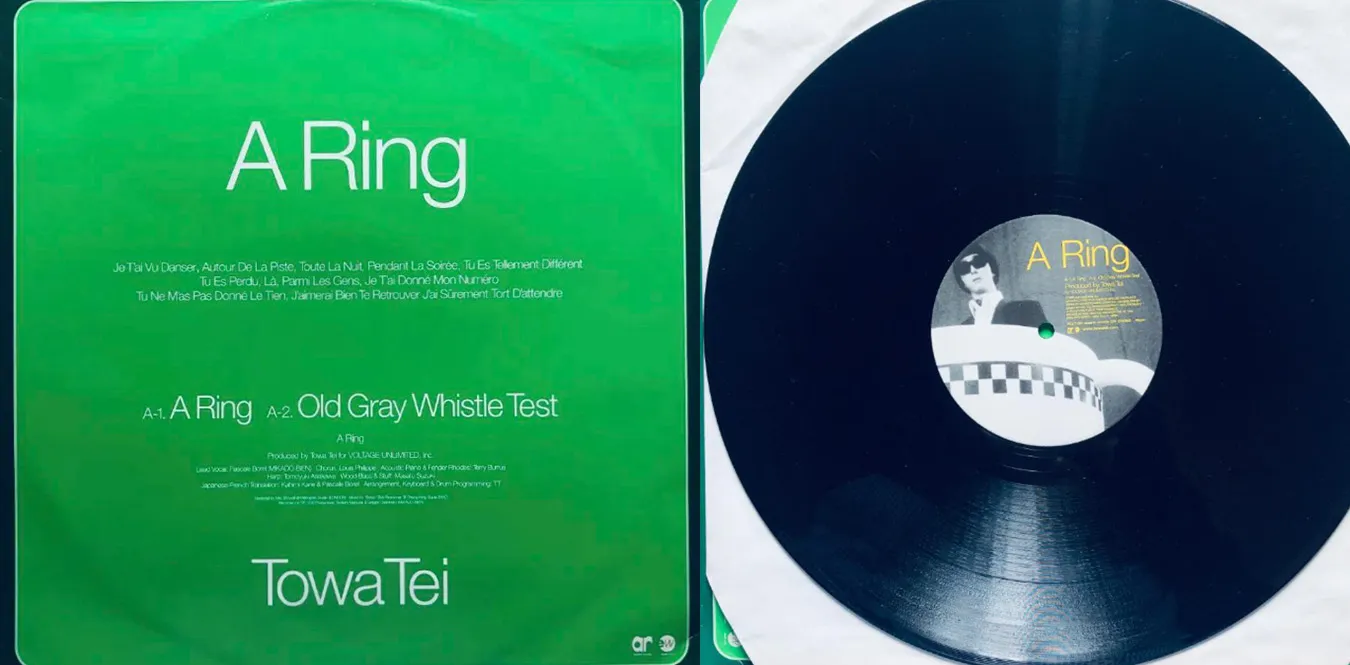[Column] Japanese rock history: The intersection of mainstream and underground
Column en Noise Psychedelic Rock Rock![[Column] Japanese rock history: The intersection of mainstream and underground](/../assets/images/column-japanese-mainstream-underground-rock.webp)
Double structure of Japanese rock history: front stage and underground water vein
Text: mmr|Theme: Mainstream and underground Japanese rock
Japanese rock began to spread with Group Sounds (GS), which flourished in the 1960s. However, at the same time, a trend of ““underground rock”’ with an experimental spirit and destructive energy was born, separate from the public stage. Naked Larry”s, Keiji Haino, Boredoms, Acid Mother”s Temple, and others helped make Japan”s noise rock and psychedelic scene known internationally.
1960s: The Shock of Naked Larrys
Naked Rally”s — Psychedelic rock full of acid and noise is the origin of Japan”s “underground music.” Even the bootleg sound source has become mythical.
1970s: Keiji Haino’s experimental spirit
Keiji Haino — Crossing improvisation, free jazz, and noise. It had a decisive influence on the experimental music scene both domestically and internationally.
In contrast to Happy End ““Kazemachi Roman’’, Underground has evolved in a darker direction.
1980s: Band boom
At the same time as mainstream music such as BOØWY / RC Succession, the experimental spirit from underground has increased its presence.
1990s: International breakthrough
Boredoms (Yamatsuka Ai) — A live experience that fuses psychedelic and noise has shocked the alternative scene overseas.
Seiichi Yamamoto (Omide Hatoba, ROVO) — Kyoto-based experimental rock.
Shonen Knife — Pop punk from Osaka. Nirvana’s Kurt Cobain also praised it.
Melt-Banana — An overwhelming live band with a noisecore/grind feel. His work was published by John Zorn’s Tzadik and received international acclaim.
Acid Mother’s Temple — A deluge of psych drones. Overwhelming support at European festivals.
2000s: Guitar Wolf’s rock and roll
Guitar Wolf — Standard bearer of “Jet Rock”n”Roll”. After touring overseas, they became a symbol of the garage rock revival.
2010s-Present: Reappraisal and the Digital Era
Shonen Knife, Keiji Haino, Boredoms and others are being reevaluated overseas.
Rock sounds will be connected to movie soundtrack production and AI music generation, and the underground spirit will be revived in a new way.
Evolution by generation and major artists
Recommended masterpiece list by generation
| Artist | Year | Masterpiece | Features | Links |
|---|---|---|---|---|
| Naked Larry’s | 1960s-70s | “Live 1972” | Psychedelic and noisy legendary boot board work | mercari |
| Keiji Haino | 1970s | “Watashi Dake?” (1973) | A solitary solo album that goes back and forth between silence and explosion | Amazon |
| Shonen Knife | 1980s | “Burning Farm” (1983) | The beginning of pop punk, praised even in overseas indie scenes | Amazon |
| BOØWY | 1980s | “JUST A HERO” (1986) | The peak of the Japanese band boom, street-like momentum | Amazon |
| Boredoms | 1990s | “Vision Creation Newsun” (1999) | The extremes of psychedelic noise, inducing a trance-like experience | Amazon |
| Melt-Banana | 1990s | “Cell-Scape” (1994/2003) | Noise core/grind feel, popular on overseas tours | Amazon |
| Acid Mothers Temple | 2000s | “Univers Zen ou de Zéro à Zéro” (2002) | Drones and impromptu psychedelic deluge | Amazon |
| Acid Mothers Temple | 2000s | “La Novia” | Hajime Kawabata’s space-oriented psychedelic jam, an epic trip feeling | Amazon |
| Seiichi Yamamoto | 2000s | “Crown of Fuzzy Groove” (2002) | A solo masterpiece where experimentation and melody coexist | Amazon |
| Guitar Wolf | 2000s | “Jet Generation” (1999) | The world”s loudest rock”n’roll record | Amazon |
| RADWIMPS | 2010s | “Your Name. Soundtrack” (2016) | Fusion of rock and soundtrack production, internationally talked about | Amazon |
| YOASOBI | 2020s | “THE BOOK” (2021) | Pop rock in the digital age including an AI approach | Amazon |
FAQ: About underground Japanese rock
**Q1. What is the difference between Japanese underground rock and mainstream? **
A1. The emphasis is on experimentation and originality rather than commercial success. Another feature is that they have been highly praised on overseas tours and in the indie scene.
**Q2: Why is the Naked Larrys sound source so rare? **
A2: There are few official releases, and live recordings and boot albums are considered legendary.
**Q3: Why was Boredoms so well received overseas? **
A3: This is because our unique live production that combines psychedelic and noise and overwhelming sound pressure resonated in the alternative culture sphere.
**Q4: Why is Melt-Banana popular overseas? **
A4: We gained international acclaim for our overwhelming live performances, sense of speed, and connections with experimental musicians such as John Zorn.
**Q5: What is Seiichi Yamamoto’s most famous work? **
A5: Memory Wharf ““Underwater Joe”, ROVO’s live performance, and solo works "”Crown of Fuzzy Groove” are important.
summary
Japan”s rock history has evolved in parallel with the ““mainstream” front and the ““underground” behind the scenes. The lineage from Naked Larry”s to Guitar Wolf continues into the current AI era, continuing to expand the possibilities of rock. Japanese rock will continue to provide “experimentation and impulse” to the world music scene.
Related columns
🔗 [Column] The trajectory of Japanese underground rock and noise from the 90s to 2000s

![[Column] Strings that directly convey emotions and thoughts — Guitarists from around the world and Japan](/../assets/images/column-guitarist.webp)
